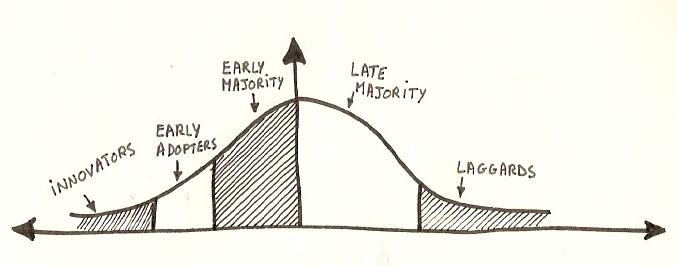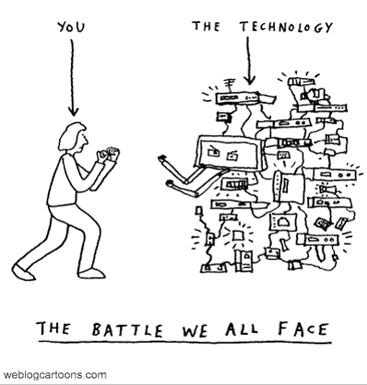
I’ve often wondered if what we call the internet keeps Sir Tim Berners Lee awake at night. Reading his open letter to the Web Foundation this week, it sounds like it might.
TBL writes ‘…the divide between those who are online and those who are not increases, making it all the more imperative to make the web available for everyone.’ and calls for us to ‘…make sure it is recognised as a human right and built for the public good….making this happen should be a ‘priority agenda of our governments’

I would suggest higher education also has a role to play. The undergraduates of today are the citizens of the future, which will be digital in ways we don’t yet know or understand. They should be given opportunities to develop digital graduate attributes which not only develop confidence with online environments but include opportunities to raise awareness of the impact of digital practice. This should be critically examined and promoted in ways which are accessible and inclusive because the digital is political.
The internet is about power and all students should have time to explore questions about who holds this power and what is done with it to affect the lives of others.

Walk down any high street, take public transport, sit in a pub or a café and its clear how connectivity rules. The mobile device is ubiquitous. Not 100% but enough to represent social transformation. In less than two decades we’ve become digitally connected, with everything done online being tracked, recorded and monitored. Data about our online activity underpins all internet transactions. Online lives are exposed through browser histories with all transactions leaving permanent digital footprints. Bentham’s panoptican has been reinvented for a digital society. The all seeing eye is virtual.
Orwell and Foucault were right!

The early pioneers of the world wide web saw it as an opportunity to create democracy and give everyone a voice, in particular those previously silenced. While evidence shows there are places where this has happened, the fact remains that patterns of internet access mirror existing forms of marginalisation. Digital exclusion is a 21st century form of discrimination where those without equitable access are disempowered. But this is not the only problem society faces.
TBL identifies three sources of dysfunction affecting today’s web:
- Deliberate, malicious intent, such as state-sponsored hacking and attacks, criminal behaviour, and online harassment.
- System design that creates perverse incentives where user value is sacrificed, such as ad-based revenue models that commercially reward clickbait and the viral spread of
- Unintended negative consequences of benevolent design, such as the outraged and polarised tone and quality of online discourse.
The Contract for the Web declares ‘governments, companies and citizens around the world can help protect the open web as a public good and a basic right for everyone.’ It calls for everyone to commit to a number of principles. Taking a few minutes to read and sign up is to make a commitment towards understanding what you do online matters.
![]()
image from https://pixabay.com/en/magnifying-glass-google-76520/
The contract is not only aimed at governments and corporations, there are individual responsibilities for citizens who can agree to the following.
- Be creators and collaborators on the web so the web has rich and relevant content for everyone.
- Build strong communities that respect civil discourse and human dignity so that everyone feels safe and welcome online.
- Fight for the web so the web remains open and a global public resource for people everywhere, now and in the future.
For every advantage the internet offers, there are disadvantages. The internet is a mirror of society with all its benefits and horrors. If we want to make a positive difference, we can commit to ensuring our use of the internet prioritises those values which promote public good.
As internet users, we all have a responsibility to ensure not only equality of access but attention to the ways that access is used.
As the web reaches the age of 30, this week is an opportune time to raise discussion and debate about these issues. Visiting the Contract for the Web would be useful place to begin.










































![By [1], Fair use, https://en.wikipedia.org/w/index.php?curid=2040293](https://digitalacademicblog.files.wordpress.com/2016/08/magritte_thesonofman.jpg?w=863)





